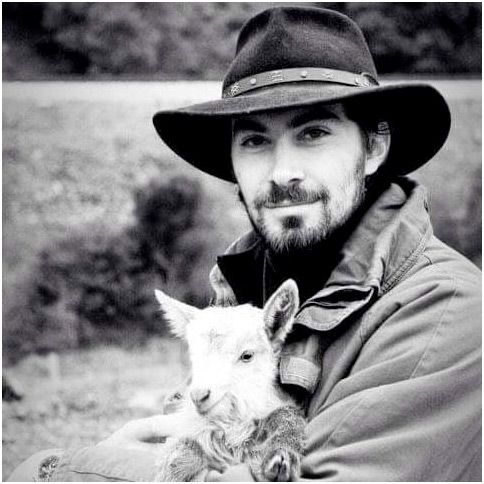are at your service!+33 495 444 967

What do you do?
I raise goats in a traditional method, which means the goats roam extensively and most of their nourishment comes from the wild. The goats are used to produce milk, cheese and meat.
How many animals do you have?
I have 150 goats and my father-in-law, with whom I work, has 150 goats as well.
How much cheese do you produce each year?
That can vary a lot between one year and the next. The cheese production happens between the end of December and the end of July. You need 3.5 litres of milk to produce one cheese. Cheese like the Asccais, Venaccais and the Brocciu, we can make on average, 30 cheeses per day during the production period.
What is the recipe for local “beignet de fromage”?
Add a half-packet of flour (500 grams) to a sachet of baker’s yeast. Then add a small glass of beer (the local Pietra would be good), warm water or whey (the whey will give the beignet a different taste and a crisper texture) until you get a dough with a reasonably thick consistency (for beignet) or a slightly runnier consistency (for making Miggliaccioli).
Add half a glass of brandy or less, depending upon your taste, a spoon of oil and an egg yolk. Crush half of the cheese with the back of a fork and add it to the mixture. The rest of the cheese should be cut into 1cm cubes and set aside. Let your dough mixture rest.
For Miggliaccioli, small pancakes can be made in a frying pan, by spreading a small quantity of the mixture in a pan (about the size of a saucer or side plate). Add a few of the cubes of cheese onto the pancake whilst it cooks.
Alternatively, for the beignet, you need to use a deep-fat fryer with peanut oil. Place a cube or two of the fresh cheese into the centre of a small-sized doughnut and fry (if they come out not cooked on the inside, then the oil is too hot, if they come out oily, the oil is too cold).
The cheese is already salty, so check the salt level of the first beignet before seasoning.
Then enjoy!

